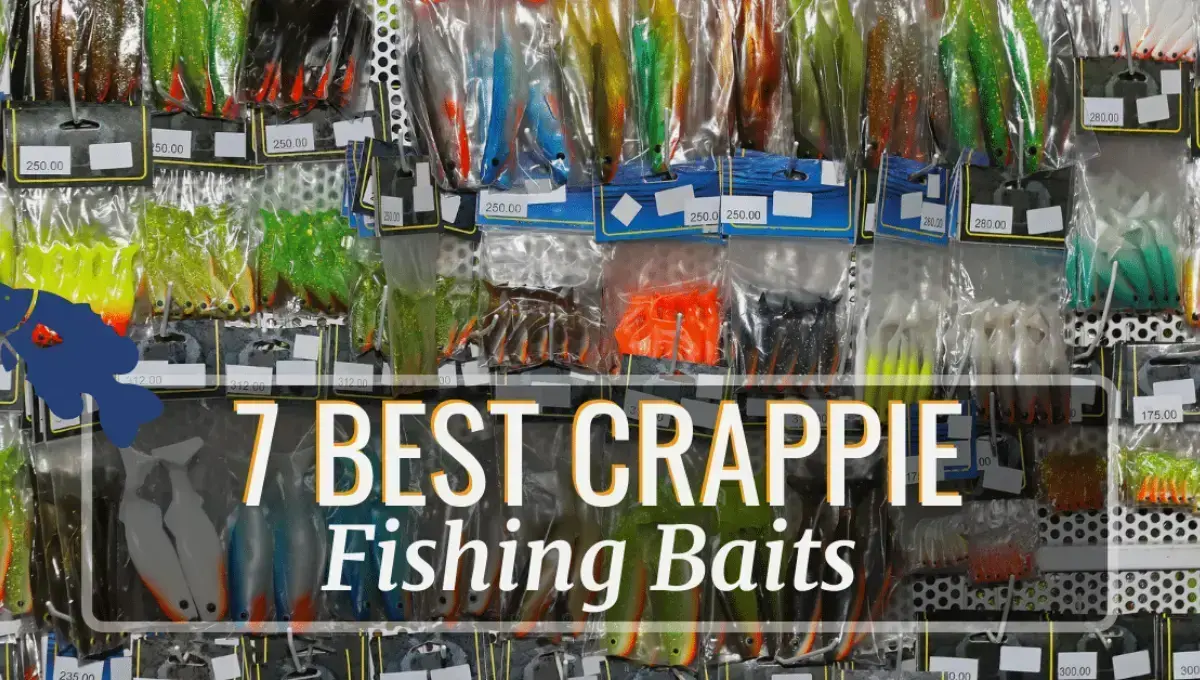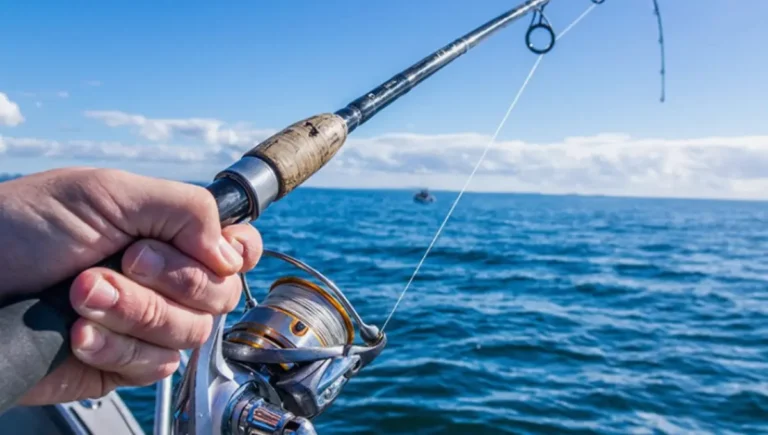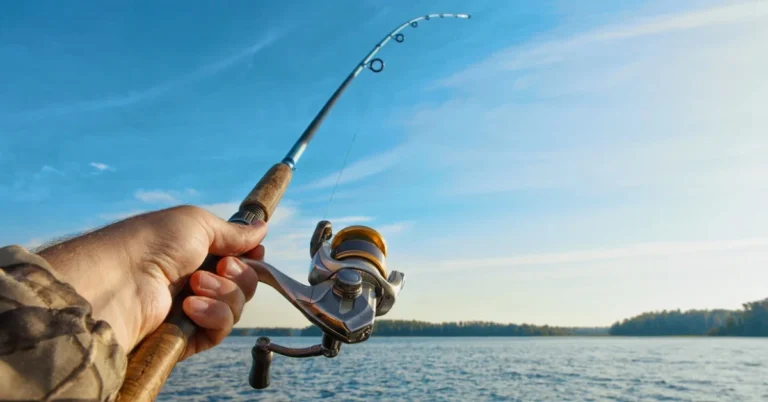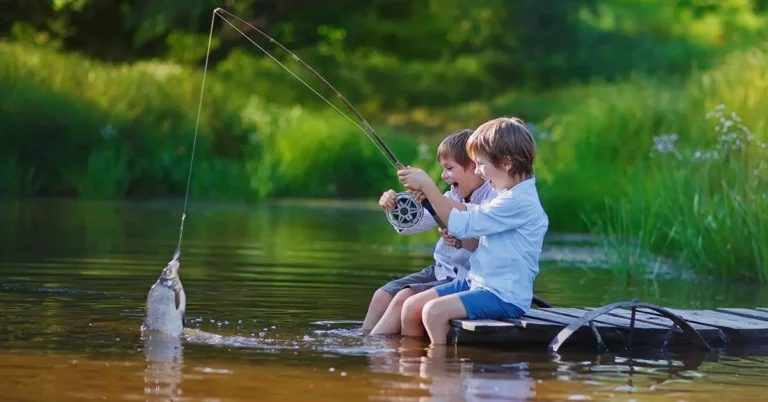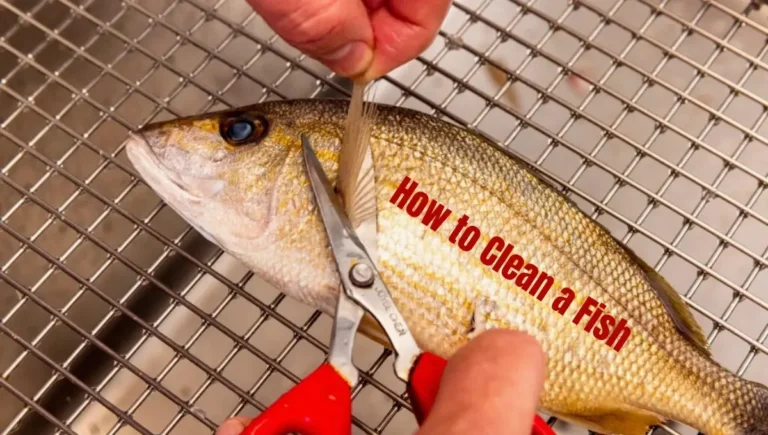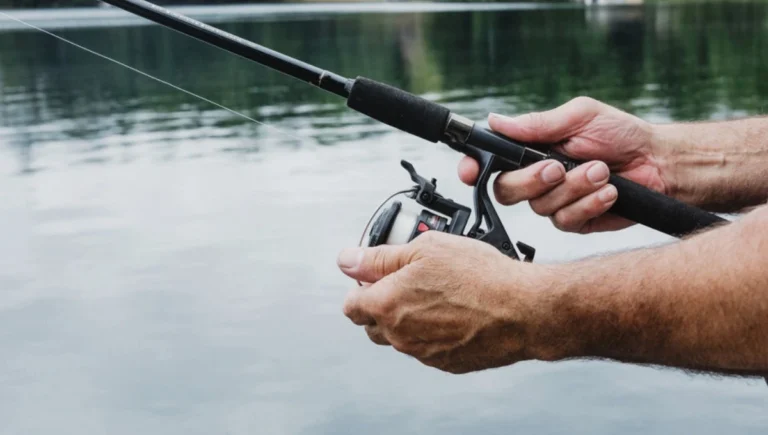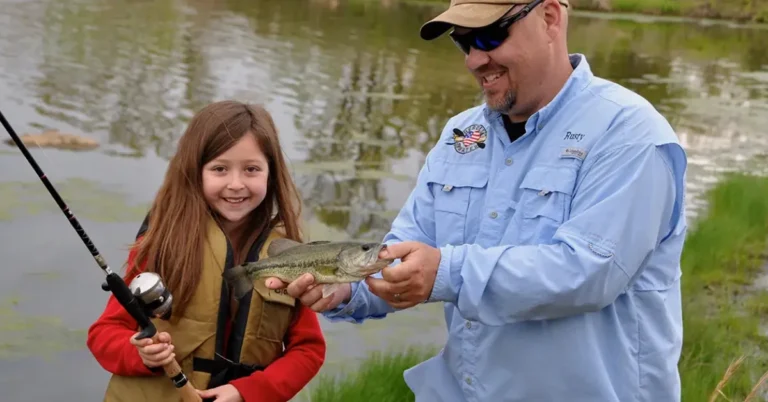What to Use to Catch Crappie – The 7 Best Crappie Baits
In the pursuit of crappie, mastering the art of bait selection is key. Unveiling the top contenders for success, consider live minnows for their timeless appeal and authentic allure. Jigs, both versatile and dynamic, imitate the enticing movements of small prey.
Soft plastic baits offer a lifelike alternative, while spinnerbaits and crankbaits defy expectations, proving effective in various conditions.
Embrace the elegance of marabou jigs or opt for the natural undulation of plastic tube jigs to entice crappies with finesse. As you navigate these choices, adapt to the nuances of your fishing environment for a rewarding angling experience.
Also Read: How to Clean a Fish
The 7 Best Baits to Use for Crappie Fishing – Top Picks for Crappie Anglers
| S.No | Lure Name | Use |
| 1. | Jig | Designed for bass, panfish, and crappie fishing, this lure features a jig head for swift sinking. |
| 2. | Grub Lure | Imitates baitfish. Effective for bass, trout, and panfish. Slow reeling action produces erratic darting motion. |
| 3. | Crankbait | Imitates injured baitfish. Used to catch large and smallmouth bass. Retrieved with moderate speed. |
| 4. | Spinner | Blade creates flash and vibration attractive to fish. Effective for trout, bass, and pike. Reeled steadily. |
| 5. | Tube Lure | Soft plastic bait imitates worms or larvae. Works well for largemouth bass. Slow rolling or swimming action. |
| 6. | Live Minnow | Live bait that mimics natural forage. Attracts a variety of fish like trout, and bass. Hooked or free-swimming presentation. |
| 7. | Live Bait | Natural bait like worms, and grubs. Universal attractor, used from panfish to salmon. Free-rigged or bobber presentation. |
1. Jig
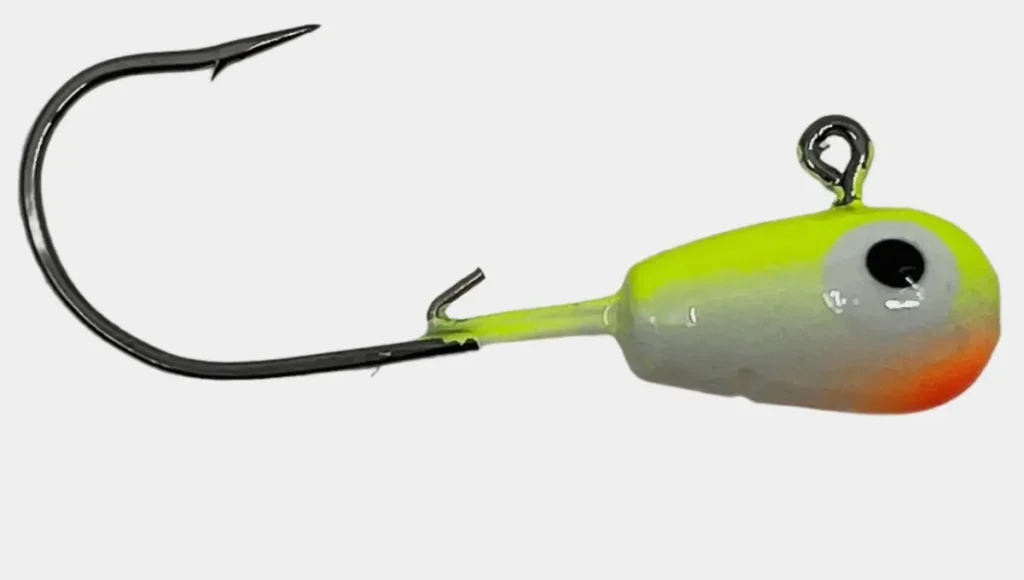
In crappie fishing, a jig, characterized by a lead sinker, stands as the foundational apparatus, adaptable to diverse fishing scenarios. The three predominant crappie jig types—solid, tube, and feather—each offer distinctive advantages.
Solid Jigs
Tube Jigs
Feather Jigs
Jigs exhibit remarkable versatility and efficacy in catching fish across different situations, particularly in crappie fishing. Employing casting and vertical presentation techniques with jigs proves successful in many lakes.
For heightened activity near brush piles, a recommended strategy involves casting past the target and then retrieving a 1/16-ounce jig with a soft plastic body over the top of the brush pile.
Boat anglers can enhance their chances by positioning the boat over brush-covered areas and dropping the jig down into the cover, allowing it to linger in the strike zone for an increased likelihood of getting a bite.
2. Grub Lure
A grub lure is a fake bug that looks like a grub, and grubs are just insect larvae. I think bugs are kind of gross, but crappies love them, so it’s a great choice for catching them. The cool thing is, as long as your grub lure looks like a real grub, it doesn’t matter what size, shape, or color it is – crappies will go for it. So, picking a lure becomes a lot simpler.
Now, you might be thinking, can I use real grubs? Well, yes, you can, but it’s a bit trickier. Real grubs are harder to attach, more expensive unless you catch them yourself, and your color choices are limited.
When it comes to choosing the color of your grub lures, think about where you’re fishing. In clear water, go for natural colors like greens, browns, or reds. On cloudy or darker days, pick brighter colors so crappies can see them easily. On sunny days, use whatever color you like because crappies aren’t too picky about that.
3. Crankbait
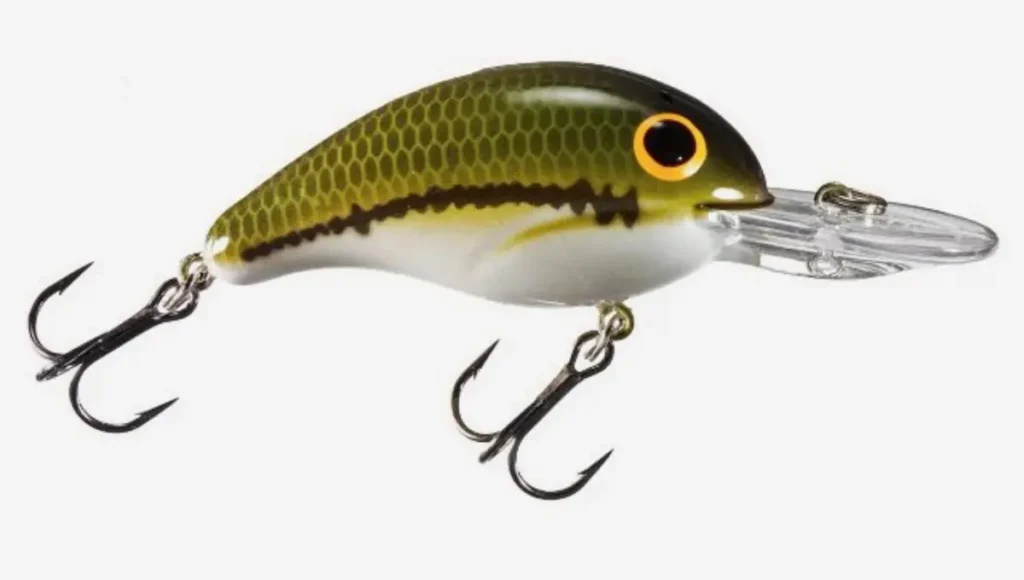
A crankbait is a type of fishing lure designed to imitate the movements of a swimming fish. It typically has a lip or bill on the front, which causes the lure to dive or wobble when retrieved. Crankbaits come in various sizes, shapes, and colors to mimic different types of prey fish.
The design of the crankbait allows it to dive to specific depths, making it versatile for targeting fish at various levels in the water.
There are two main types of crankbaits: shallow-diving and deep-diving.
Shallow-Diving Crankbaits
Deep-Diving Crankbaits
Understanding the distinction between shallow-diving and deep-diving crankbaits allows anglers to select the appropriate lure based on the depth at which the fish are likely to be located.
4. Spinner
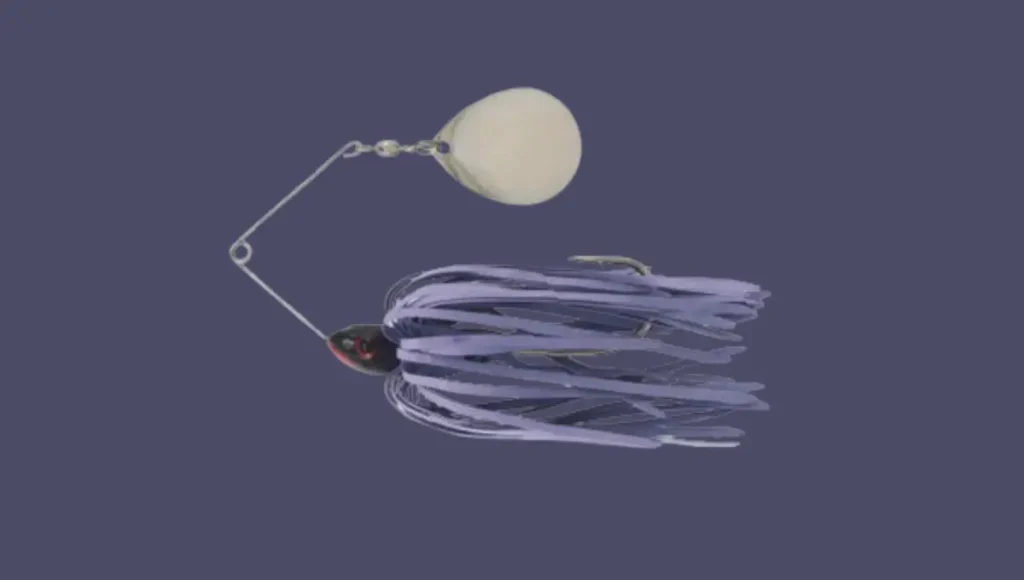
A spinner, also known as a spinner bait, is a special kind of lure designed to spin and vibrate, hence its name “spinner.” The metal blades on the lure create flashes and strong vibrations as they spin.
These flashes and vibrations make sure that your lure is highly visible to crappies, leaving them with no choice but to notice it. Being seen by crappies is the first step to getting them interested in your bait. With all those crappie eyes on your lure, it’s almost guaranteed to attract a bite.
There are different types of spinners, but for crappies, two stand out: the beetle spinner and the in-line spinner.
Beetle Spinner for Crappies
In-Line Spinner’s Role
5. Tube Lure
A tube lure is like a soft plastic tube, open on one end, similar to a chemistry test tube. These lures are perfect when you want your jig to have an enticing scent. The hollow design makes it easy to add fish attractants like crappie nibbles.
Moreover, crappies often hang out in areas with vegetation and brushes. Tube lures, as seen in the picture, are streamlined, reducing the chances of getting stuck in brushes or heavier vegetation. Whether you’re fishing in weeds or near fallen trees, tube lures navigate through without a hitch.
Additionally, tube lures work wonders during crappie spawning. Their small, lightweight design is just right for crappies, and for some reason, pink is the go-to color, so opting for a pink tube lure is a recommended choice.
6. Live Minnow
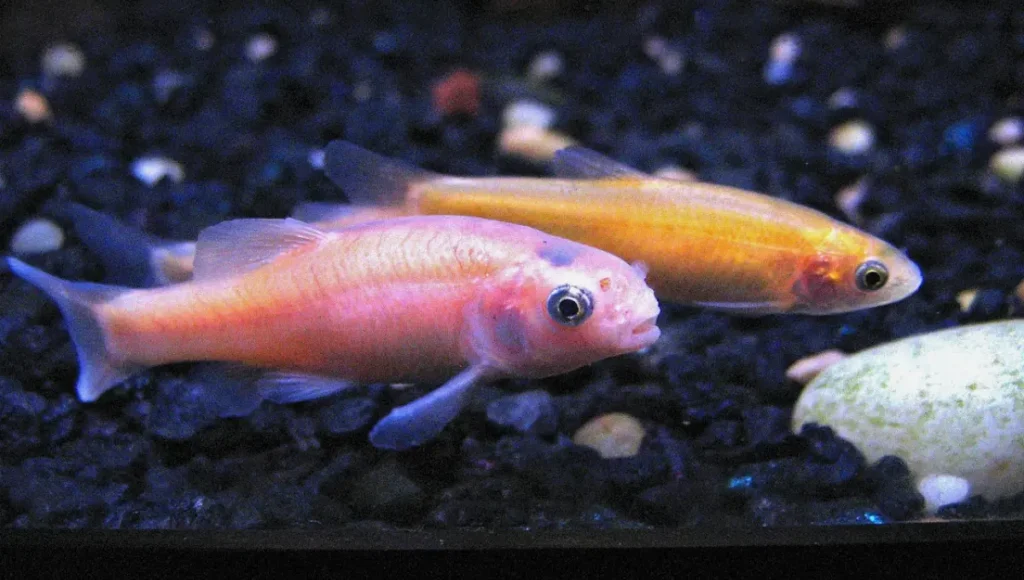
A live minnow is a small, live fish used as bait in fishing. Anglers often use live minnows to attract predatory fish species. These small fish are typically hooked through the lips or back and are allowed to swim freely in the water, mimicking natural prey and enticing larger fish to bite.
Live minnows are a popular and effective bait choice for various game fish, including bass, pike, walleye, and crappie. Their natural movements and the flash of their scales make them a tempting target for predatory fish.
Anglers may use different rigs to present live minnows to the fish, such as under a bobber, on a jighead, or as part of a Carolina or Texas rig. The choice of rig depends on the fishing conditions and the behavior of the target species.
Live minnows can be purchased at bait shops or caught using a minnow trap. Proper care, such as keeping them in an aerated bait bucket, ensures their vitality and attractiveness to fish.
7. Live Bait
Most times, no matter how fantastic your lure looks, live bait tends to outperform it. Sure, your lure might resemble live bait, but can it move and smell like the real deal? That’s where live bait takes the lead.
Whether you’re after crappie, bass, or trout, the universal truth is that fish generally prefer live bait over artificial alternatives – it’s like how original Coke beats the artificially sweetened version.
Live bait has a consistent track record because, well, crappies naturally feast on live prey. If you’ve got live bait on your hook, you’re essentially offering them their daily menu, making it a no-brainer for them to take a bite.
The key is providing them with what they’re used to munching on, and this can vary from place to place. Regardless of your location, crappies have a soft spot for minnows. When in doubt about the local fish cuisine, go for minnows.
How to catch crappie in the summer?
During the summer months, crappie can be one of the most actively biting fish. The warmer water temperatures cue them to feed more regularly. One of the best ways to catch crappie in the summer is by locating structures like docks, bridges, fallen treetops, or weed beds where they like to congregate. Use your sonar or fish finder to scan these areas and look for signs of fish below or near the surface.
Once you’ve located a good spot holding crappie, start by slowly trolling or casting small jigs, plastics, or live minnows near the structure. Crappies are ambush predators, so work your lures close to cover without letting them touch it. Set the hook if you see even the slightest taps or twitching of your line. You can also try suspending your bait under a bobber in deeper water near docks or bridges where they like to hang out.
On hot summer days, crappie will move up shallower to feed in cooler waters before retreating deeper as temperatures rise. Check areas around boathouses, boat ramps, seawalls, or any other shaded structure near shallow drop-offs. Casting small spinners or jigs that imitate minnows is a great way to entice strikes from crappie lurking in the shade during the heat of the day. Patience and presenting your bait near cover are key to successfully catching crappie in the summer months.
What does crappie fish taste like?
Crappie fish, renowned for its delectable taste, offers a mild, sweet flavor with tender, flaky white meat. Its appealing taste makes it a favorite among anglers and chefs alike. The meat is not overly fishy, and its fine texture contributes to a pleasant dining experience.
Crappie adapts well to various cooking methods, including frying, baking, and grilling. Its versatility allows for creative culinary exploration, from simple pan-fried fillets to sophisticated recipes.
The flavor profile of crappie is often compared to other mild fish like perch or walleye, making it an excellent choice for those who prefer a subtler seafood taste.
Whether enjoyed on its own or incorporated into complex dishes, crappie’s delicious taste and versatility make it a prized catch for both seasoned anglers and seafood enthusiasts.
Frequently Asked Questions
Conclusion
Successfully catching crappie involves a thoughtful approach to bait selection. The seven best crappie baits, including live minnows, jigs, and tube lures, offer versatility to adapt to different conditions. Matching bait colors to local forage and adjusting tactics based on water clarity enhance your chances of a successful catch.
Understanding crappie behavior throughout the seasons is crucial. From their opportunistic feeding in cooler months to the more active pursuit of larger prey in warmer weather, adapting your strategy accordingly yields better results.
Whether you’re enjoying a family fishing trip or pursuing these delicious panfish solo, the key lies in a combination of effective bait, knowledge of local conditions, and a bit of angler intuition. So, equip yourself with the right baits, be mindful of the changing seasons, and get ready for an enjoyable crappie-catching experience on your next fishing adventure.
